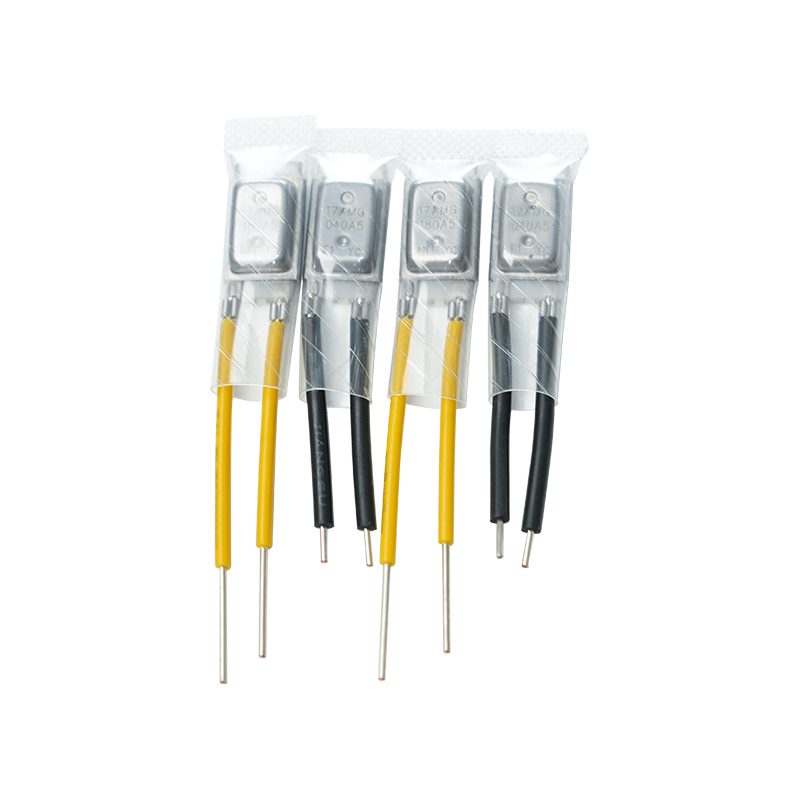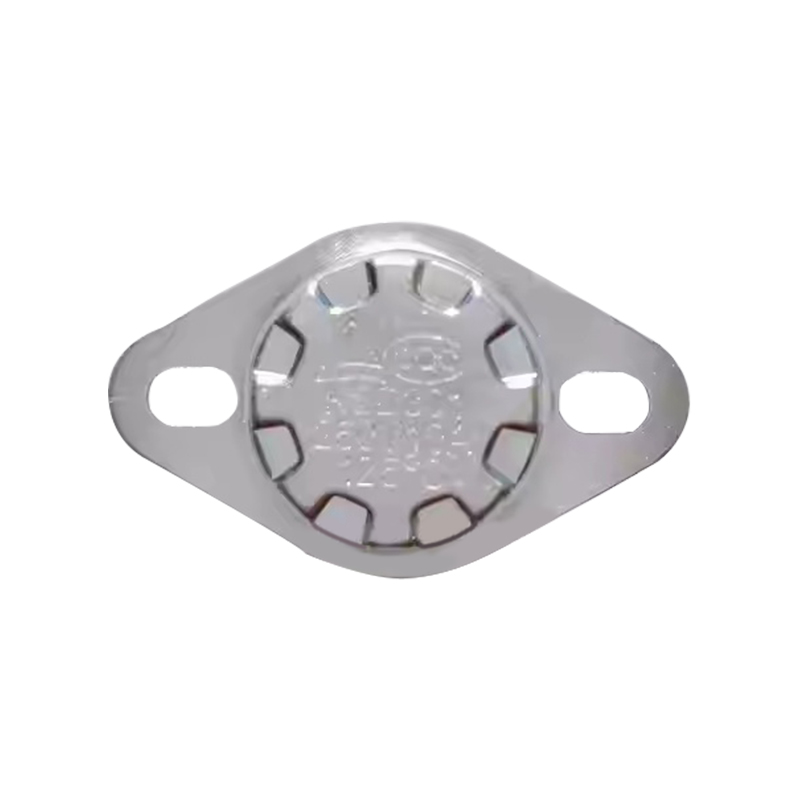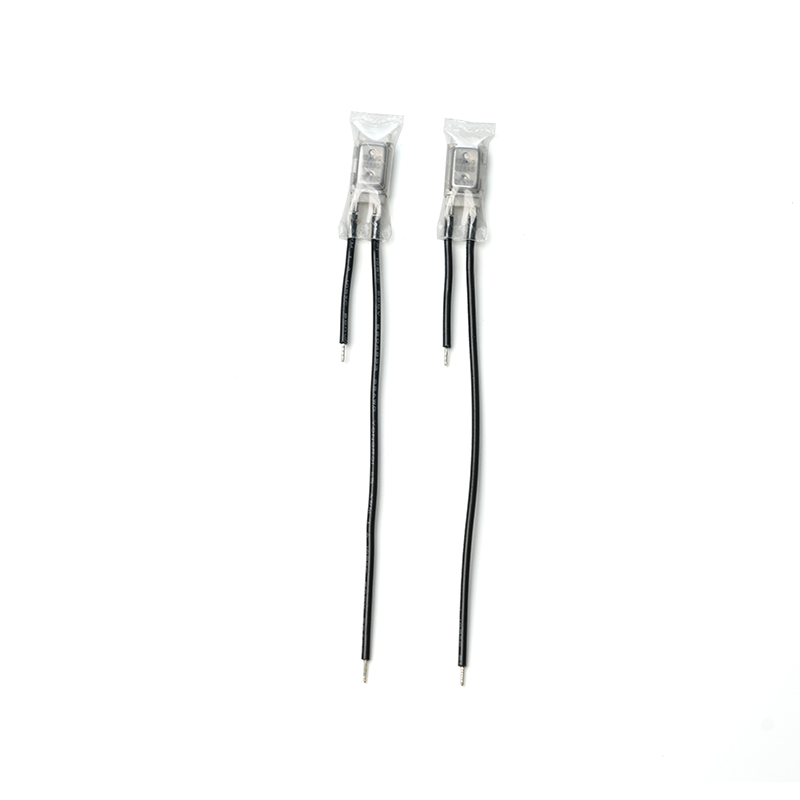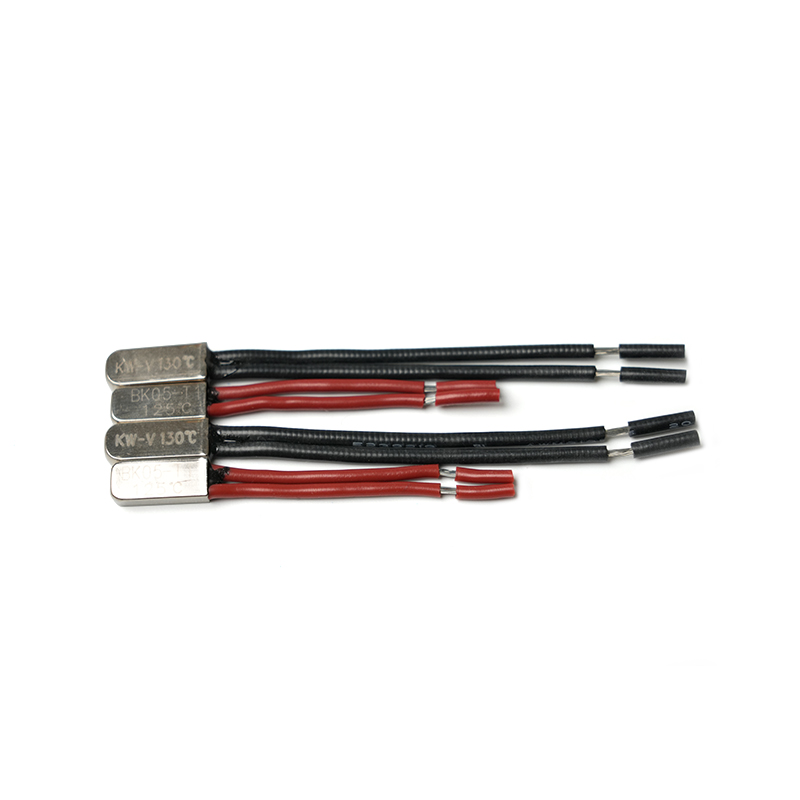Thermostat Switches: Ensuring Efficient Temperature Control in Modern Systems

Temperature control is an essential aspect of various industrial, household, and electronic systems. From refrigerators to HVAC systems, from automotive applications to home appliances, efficient temperature regulation plays a crucial role in maintaining optimal functioning and preventing damage due to overheating or freezing. Thermostat switches, often referred to as thermal switches or temperature switches, are key components in achieving reliable and accurate temperature control.
Thermostat switches are designed for a wide range of temperature-sensitive applications, from controlling the temperature in household appliances to managing the heat in industrial machinery. They are reliable, cost-effective, and easy to integrate into a variety of systems.
Temperature Regulation: The primary function of a thermostat switch is to regulate the temperature of a system. Whether it is heating, cooling, or maintaining a specific temperature range, the thermostat ensures the environment remains stable and within acceptable limits. This is especially important in systems where temperature fluctuations could lead to operational inefficiencies or damage.
Overheat Protection: Many modern machines and appliances include thermostat switches for overheat protection. In devices such as motors, transformers, and power supplies, thermostat switches prevent overheating by automatically disconnecting the power supply once a preset temperature is reached, safeguarding sensitive components from heat damage.
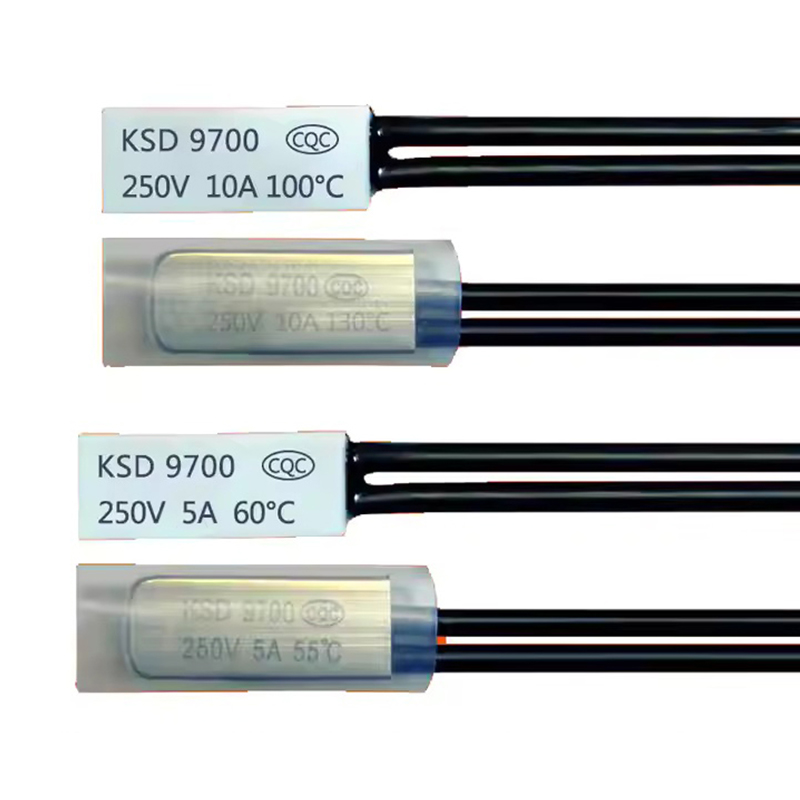
Energy Efficiency: Thermostat switches help optimize energy consumption. By maintaining systems at the ideal temperature, they reduce energy waste and ensure that systems are not running unnecessarily when the target temperature is achieved. This contributes to greater energy efficiency, lower operational costs, and reduced environmental impact.
Automation: Thermostat switches allow for automated temperature control, eliminating the need for manual intervention. This increases convenience and reliability in applications ranging from industrial machinery to home heating systems, ensuring that temperature regulation is always precisely controlled.
Bimetallic Thermostat Switches: These switches use two different metals that expand and contract at different rates with temperature changes. When the temperature reaches a set point, the metals bend or flex, triggering the switch to open or close the circuit. Bimetallic thermostat switches are widely used in applications such as ovens, water heaters, and electric irons.
Capillary Thermostat Switches: A capillary thermostat consists of a long, flexible tube filled with gas or liquid. As the temperature changes, the gas or liquid inside the tube expands or contracts, causing the capillary tube to move and operate the switch. These switches are often used in refrigeration systems, air conditioning units, and other systems requiring precise temperature control over a broad range.
Thermistor-Based Thermostat Switches: A thermistor is a type of resistor whose resistance changes significantly with temperature. In a thermistor-based thermostat, the thermistor's resistance is monitored, and when it reaches a preset threshold, the switch is triggered. These types of switches are often used in electronic devices such as computers, power supplies, and battery management systems.
Digital Thermostat Switches: These are electronic devices that use microcontrollers or digital sensors to measure temperature. Digital thermostat switches offer higher precision and can be programmed to operate over a wide range of temperatures. These types of thermostats are commonly found in modern HVAC systems, refrigerators, and smart home devices.
Mechanical Thermostat Switches: Mechanical thermostat switches are simple, reliable, and low-cost options often used in basic applications. They operate based on mechanical components that react to changes in temperature, typically without the need for any complex electronics. These switches are often used in appliances like space heaters, toasters, and coffee makers.
Applications of Thermostat Switches
Household Appliances: Thermostat switches are crucial in maintaining the optimal performance of household appliances such as refrigerators, washing machines, air conditioners, and ovens. For example, in a refrigerator, a thermostat switch ensures that the internal temperature stays within the recommended range, preventing spoilage of food. In heating appliances, the thermostat switch prevents overheating and ensures safety.
Industrial Equipment: In industrial settings, thermostat switches are used to monitor and regulate the temperature of machinery, preventing damage caused by excessive heat. They are commonly used in motors, transformers, electrical equipment, and process control systems. Overheating can cause equipment failure or reduce efficiency, and thermostat switches help mitigate these risks.
Automotive Applications: Thermostat switches are integral to automotive cooling systems. They monitor the temperature of the engine coolant and activate the cooling fan or water pump when necessary. This prevents the engine from overheating, improving the vehicle's performance and longevity. Thermostat switches are also used in air conditioning systems to ensure optimal cabin temperature.
HVAC Systems: In heating, ventilation, and air conditioning (HVAC) systems, thermostat switches maintain indoor comfort by regulating the temperature. These switches activate heating or cooling systems based on the preset temperature, ensuring energy efficiency and consistent comfort levels.
Battery Management Systems: In battery-powered devices, particularly those with lithium-ion batteries, thermostat switches prevent overheating of the battery during charging and discharging cycles. Overheating can cause battery failure or even hazardous situations, so thermostat switches provide essential protection.
Solar Power Systems: Solar energy systems also rely on thermostat switches to regulate the temperature of components like inverters and batteries. Thermostat switches help ensure that the system operates within safe temperature limits, contributing to the longevity and efficiency of the system.
Benefits of Thermostat Switches
Enhanced Safety: By automatically turning off equipment when temperatures exceed safe limits, thermostat switches protect both the system and its users from potential hazards such as fires or electrical faults caused by overheating.
Cost-Effectiveness: Thermostat switches contribute to reduced energy costs by ensuring that systems are not running unnecessarily when the desired temperature has been reached. This minimizes energy waste and lowers operational costs.
Reliability and Longevity: High-quality thermostat switches improve the reliability and lifespan of equipment by preventing damage caused by excessive heat. Well-maintained thermostat switches can provide long-term, trouble-free operation.
Precise Temperature Control: Thermostat switches provide accurate and consistent temperature control, essential for applications where maintaining the right temperature is critical to performance, quality, or safety.
 English
English